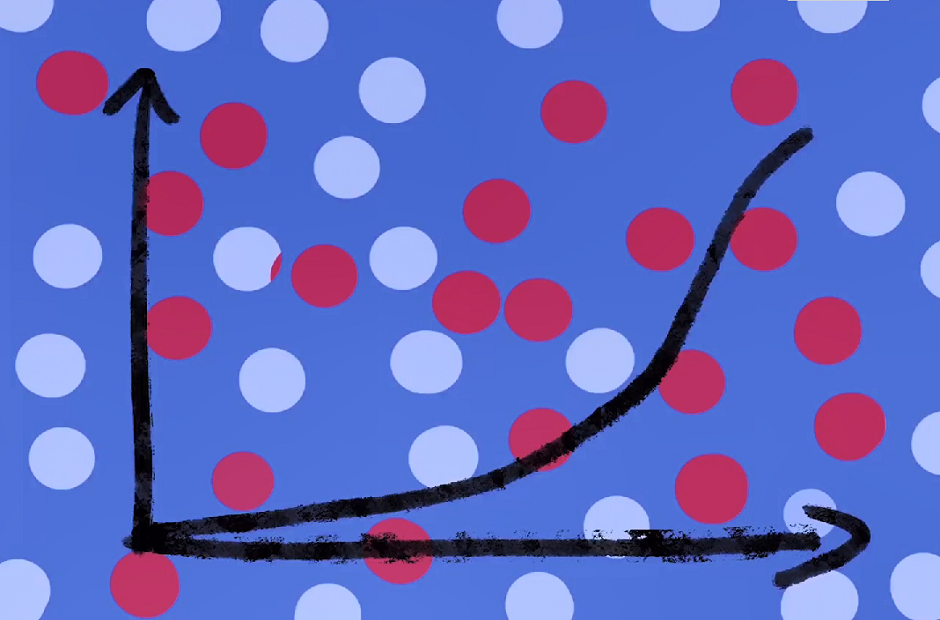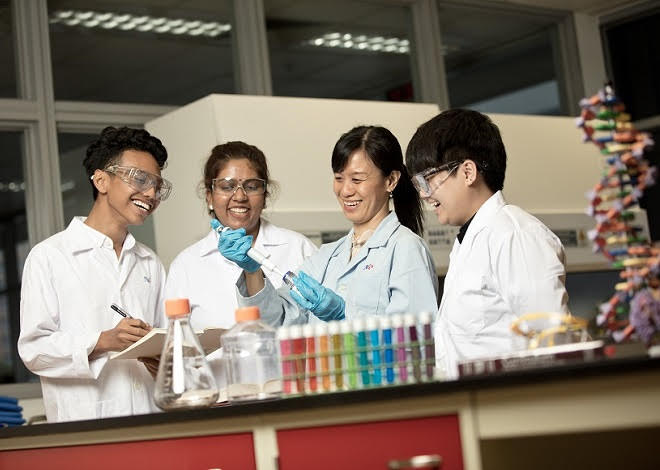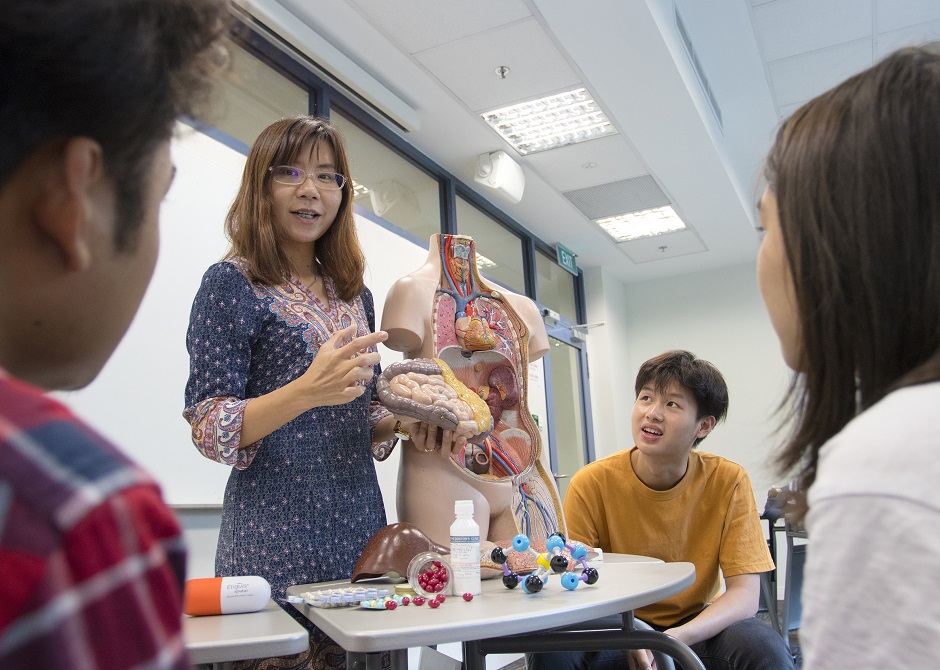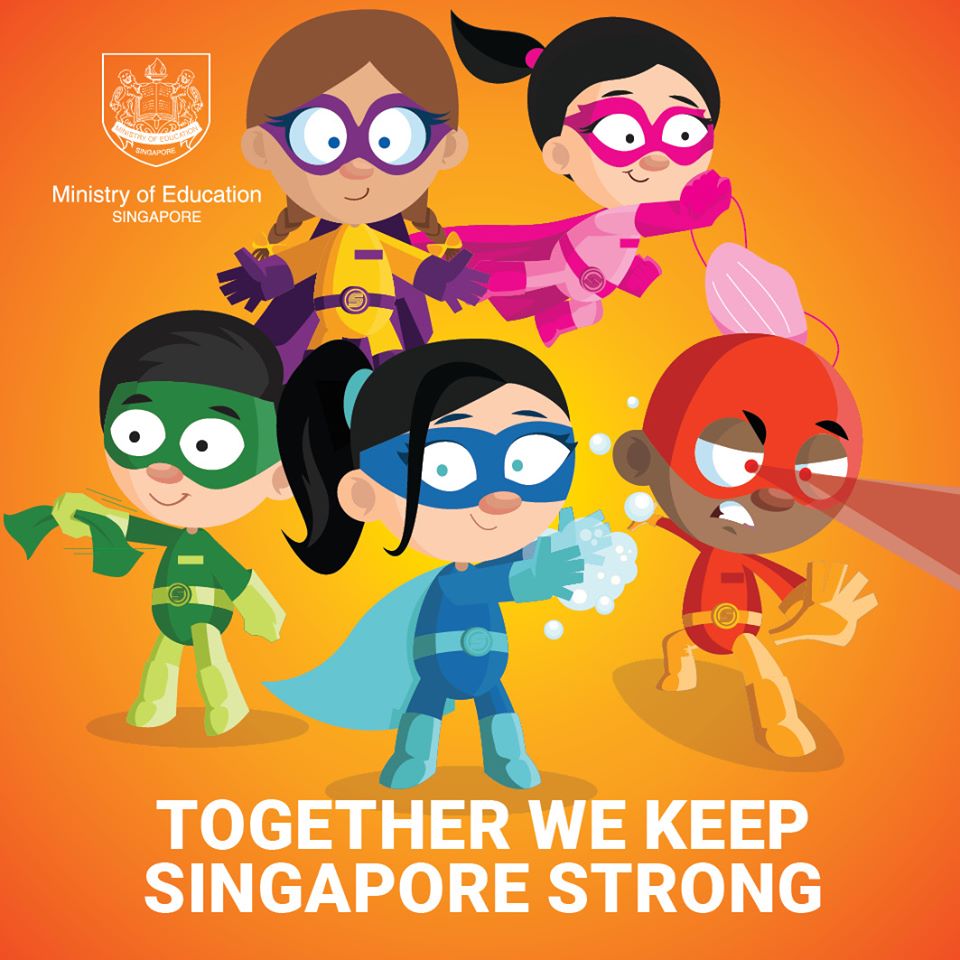On 28 August, Ma Jinghong took to Zoom to present her grim projections of the Covid-19 pandemic.
After analysing three months of data, she concluded that up to 1.7 million people in Singapore — a third of the resident population — could contract the virus.
Along with two teammates, she then shared her recommendations on social distancing, as well as how to make sure the message got out to the entire country. A panel of six evaluators listened intently.
The thing is, Jinghong isn’t a scientist. She doesn’t work with our health authorities. She is a student at Nanyang Girls’ High School.
Yet she and 144 other teenagers had the precious opportunity to analyse the Covid-19 pandemic as it unfolded, mirroring the efforts of our healthcare experts.
This opportunity came in the form of an inter-school competition, the Problem X (PX) Challenge, jointly organised by the Ministry of Education and Singapore University of Technology and Design (SUTD).
The competition, held for the first time this year, was conceived to get teams of secondary school students to use different disciplines such as science, communications and mathematics to work on a complex, real-world problem. The organisers were still deciding what scenario to use when the Covid-19 pandemic struck. Devastating as it was, it also provided perfect material for the competition.
In March, the challenge was issued: predict Singapore’s Covid-19 outbreak trajectory over April to September 2020, and produce a one-minute media bulletin to address public concerns at a specific point during the six-month period. Over 20 schools were invited to participate in this pilot.
Schools as diverse as Commonwealth Secondary, St. Margaret’s Secondary, and Hwa Chong Institution signed up. SUTD lecturers gave participants online crash courses on mathematical modelling, infectious disease management, communications and presentation skills.
Jinghong and her teammates Wang Xinyue and Zhu Wenxin had to figure out how to use their newfound knowledge to tackle the problem. The imposition of circuit-breaker measures in April meant they had to work remotely and coordinate their efforts online.
The team looked at actual data from January to April, made some assumptions about how the virus would spread, developed a model involving differential equations, then wrote a program using Python to do all the complex calculations.
Of course, as we now know, Singapore’s total case count never hit 1.7 million. In June, the time Jinghong’s team projected this would happen, it hadn’t even crossed 50,000.
But that’s because they based their calculations on a scenario where neither the government nor the people of Singapore did anything. In reality, the pandemic was managed by a slew of measures including the two-month lockdown, sophisticated contact tracing, and mandatory mask-wearing.
The Nanyang Girls’ team was not penalised for this however, and emerged runners-up. In fact, accuracy of predictions was not a factor in judging at all. Instead, teams were assessed for their reasoning and the application of their formulas.
Jinghong says: “The PX Challenge definitely changed my perception of mathematics. Before, I thought it was just about numbers and statistics to be studied for exams. However, now I realise that mathematics can be applied in almost all aspects of our lives”.
The timeliness and relevance of the competition was also praised by teachers from participating schools.
Chow Ban Hoe, who helped supervise the winning team from River Valley High School, thanked the organisers for putting together a “meaningful and exciting competition”. He appreciated the opportunity for his students to “learn authentically in the real world”, even as the situation kept evolving, and “more information […] was unveiled each day over these unprecedented months”.






